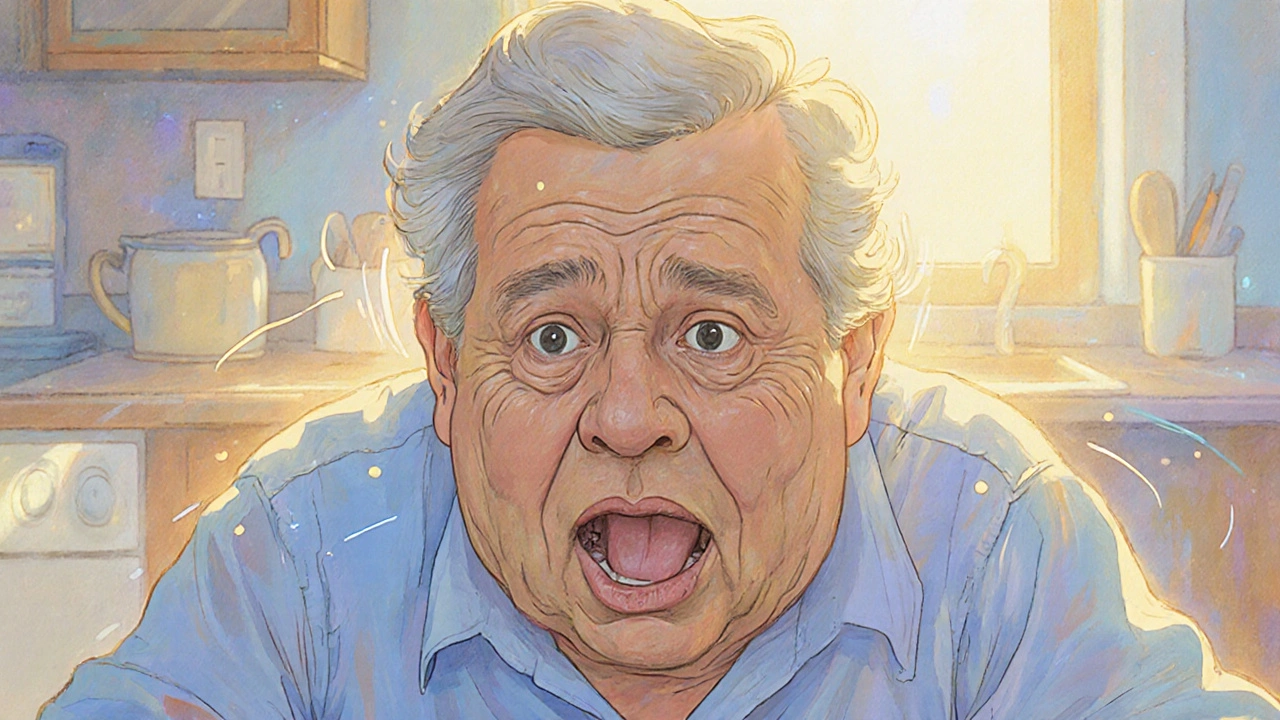Tardive Dyskinesia: Causes, Medications, and What You Can Do
When you take tardive dyskinesia, a neurological condition marked by uncontrollable, repetitive movements, often in the face, tongue, or limbs. Also known as medication-induced dyskinesia, it doesn’t show up overnight—it builds over months or years, usually after taking drugs meant to treat mental health conditions. It’s not just a side effect. For many, it’s a lasting change that affects how they move, speak, and even feel about themselves.
This condition most often shows up after long-term use of antipsychotic drugs, medications prescribed for schizophrenia, bipolar disorder, and sometimes severe nausea or anxiety. Also known as neuroleptic drugs, they work by blocking dopamine in the brain—but that same action can mess with motor control over time. People on older antipsychotics like haloperidol or chlorpromazine are at higher risk, but even newer ones like risperidone or olanzapine can cause it. The problem? Many patients don’t realize the movements are drug-related until they’re already there. And once tardive dyskinesia sets in, stopping the drug doesn’t always fix it. Some people see improvement, others don’t. That’s why monitoring matters.
It’s not just about the drugs, though. Age, gender, diabetes, and how long you’ve been on treatment all play a role. Older adults, especially women, are more likely to develop it. And if you’ve been on these meds for more than a year, your risk goes up. The good news? There are ways to manage it. Some doctors switch patients to newer drugs like clozapine or valbenazine, which are designed to reduce these movements. Others focus on lifestyle changes—cutting caffeine, managing stress, or adding physical therapy. It’s not a one-size-fits-all fix, but you’re not powerless.
The posts here don’t just list drugs—they show you how they connect. You’ll find real comparisons between antipsychotics like olanzapine and other meds, what their side effect profiles look like, and how some patients manage symptoms without quitting their treatment cold turkey. There’s no sugarcoating: tardive dyskinesia is serious. But understanding it, spotting it early, and knowing your options? That’s where real control begins.

Baclofen for Tardive Dyskinesia: An In‑Depth Look
Explore how baclofen, a GABA‑B agonist muscle relaxant, may help reduce involuntary movements in tardive dyskinesia, covering dosage, evidence, risks, and comparisons with other treatments.